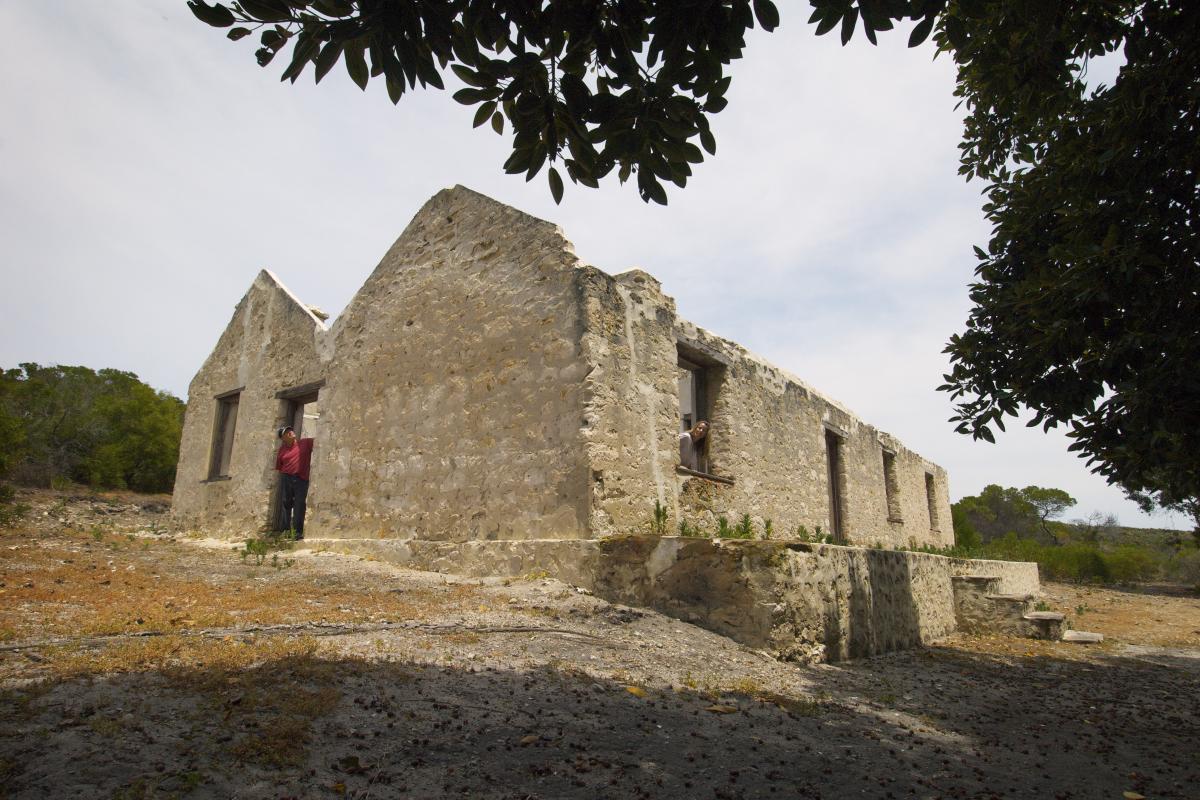About this place
Visitors are welcome to visit the ruins, consisting of roofless limestone walls, but access via Fanny Cove Track is suitable only for high clearance four-wheel drive vehicles.
In 1873, Alexander and John Moir were granted a lease of 14,000 acres around Stokes Inlet, extended by 57,000 acres in 1888. The Moirs established a homestead near the eastern shore of the inlet and grazed sheep through the coastal vegetation, which they burned in patterns to provide fresh feed. They shipped their wool from nearby Fanny Cove, together with valuable sandalwood they gathered from the surrounding country.
A small area was cleared near the homestead and first barley and then other grain crops were grown as feed for the stock. In the 1890s, the cove was used by miners going to the Dundas and Norseman goldfields. You must bring enough drinking water for your needs as there is none available in the park.
Please remove your rubbish as there are no bins in this park. Campfires are not permitted.
Safety information
Plan when to visit. Consider travelling with a personal location beacon (PLB). In the event you need to be rescued it could save your life!
The Department of Biodiversity, Conservation and Attractions undertakes 1080 baiting at this location to reduce the impacts of feral cats and foxes on native wildlife.
Meat baits containing 1080 poison are laid in or around this area on an ongoing basis. 1080 is poisonous to humans and will kill domestic cats and dogs. Pets are not permitted in this park.
For further information contact your local Parks and Wildlife Service office or visit Western Shield.
Gallery

Make the Esperance Promise
While travelling in and around Esperance, make a promise to embrace the elements of this land and ensure your visit is sustainable and respectful. Make the Esperance Promise.
Please note, campfires are not permitted at any of the campgrounds in national parks.
Activities
 Bushwalking
Bushwalking
Plants, wildlife and fungi
Visit the Atlas of Living Australia for a list of species recorded within a 5km radius of Moir Homestead Ruins.
Traditional Owners
Benwenerup is the Wudjari cultural name for the area and refers to the Songline that encompasses the Lort River and Stokes Inlet Region.